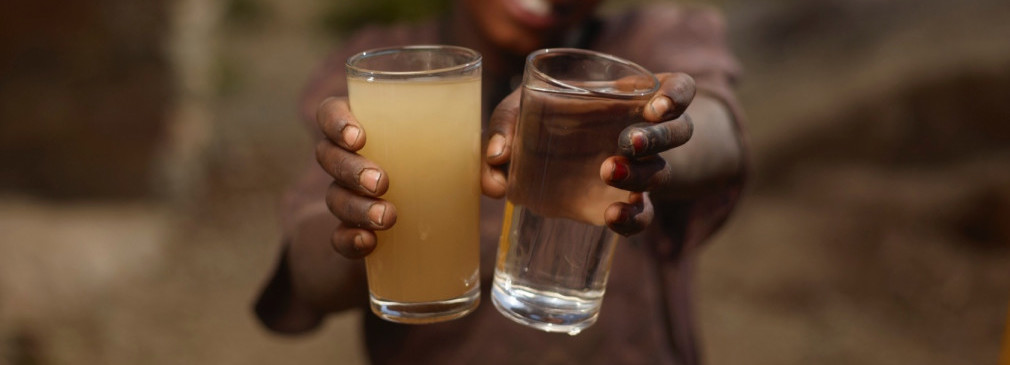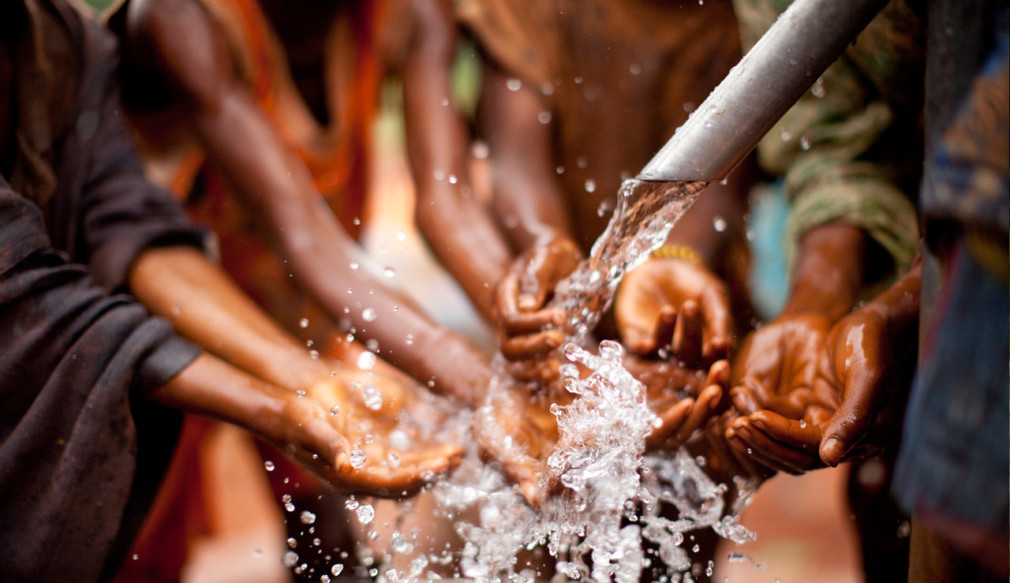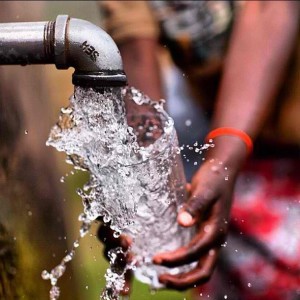
Share
It’s pretty sexy these days to rally around the clean water for all movement. There has been a lot of money invested in marketing and “awareness.”
The increase in awareness for clean water where it’s so desperately needed seems like progress toward ending this crisis. But unless the companies involved in making this change know what change is necessary, who is implementing it and how it’s being done, not a “movement” but merely branding.
The Hard Water Truth

Most of water charity work does not, in fact, work. The cumulative costs of failed water systems are estimated to be $1.2 billion. Between 43-69 percent of water projects evaluated in Ethiopia last year were not functioning or not producing clean water. The top three US water charities raised a total of $171.3 million in 2013, but millions of those dollars are estimated to likely be wasted.
The colossal waste of resources isn’t the only tragedy. Providing a struggling community with a water system— one they significantly invest in and learn to rely on—that breaks will leave them in a worse environment than they were before.
Most propositions for reform still focus on a standardized system to carry out water work successfully and to be able to measure success and impact, or some gadget or gimmick that donors and angel investors promise to be the “magic bullet.” The many and complex variables in each project are unique to that area, and they are evolving politically, environmentally and economically. The nuances in project implementation also make the overall algorithm even more impossible to disentangle.
Where Oh Where Did Your Dollar Go?

Four of the five largest US water charities do not implement (actually build) the water systems they fund. Their websites read that they carefully select the partners to whom they send your dollars and that they receive reports on water well completion.
However, if the water charity has a pile of documents reporting on what probably happened in the field with their funds or if they have running reports on which of their projects are working many times the organization can do nothing about those exact problems. It’s also not a viable solution to take additional donor money to build another separate program to run around countries and make repairs to projects that should have been completed correctly in the first place.
With every pass-off of every contribution, accountability and investment impact is diluted. This weakens the ability for the charity you gave to in the first place to do anything about project failure.
So, what now?
Considering the world we live in today and the current progressions in technology and obstacles in political and cultural complexities, there is only one way to responsibly provide clean water to those who have none.
We give up the gimmicks.
We must stop investing in unnecessary technology such as merry-go-rounds and straw filters that end up wasting millions of dollars and litter the communities where they are distributed. We should also stop giving to organizations that are unable to clearly report on their success.
We demand accountability.
International water organizations that are operating projects down the chain of command without understanding the local politics of the community (or local organization/implementor of the project) will fail to truly address the needs of the people they wish to serve by failing to recognize the underlying issues.
We think about the future.
Our goals for providing clean water to those who have none should be measured by how our efforts and resources have affected long-term change. This requires monitoring, metrics for success, and evaluation over years.
While the immediate impact of water aid such as that beautiful photo of the young girl gulping crystalline water from a faucet is exciting. It’s also fervently fulfilling for donors, but, it’s only a moment. Creating more of these moments will require long-term planning.
We accept and embrace these complexities.
There is no single way to fix an area-wide water crisis because every area is so different, dynamic and context-specific. Some of the factors that impact access and allocation of water include level of education, the fertility of the land, various scales of politics, the health of the surrounding economy and the state of gender equality. The measurements of success and impact in a community, once they have a source of clean water, will also be unique to them. The endless variables and ever-changing project nuances require human negation through thoughtful and meaningful relationships.
There will be failure, and not just the little things that can be mitigated. There will be overall project failure, and it needs to be disclosed. Attempting to protect donors from bad news is actually depriving the industry of valuable lessons learned. Our failures should be immediate opportunities to switch gears, to use as an opportunity to improve our procedures. We should commit to an overall objective with clear goals but understand that reaching those ends requires creative solutions and excellent (and immediate) change management.
Developing real relationships and community partnerships are imperative to creating locally relevant, adaptable and sustainable water systems, Failure can be used to refine or adapt our work but should still not be the norm. If we use this understanding in our water aid projects, we can, together, be the people who solved the water crisis.














